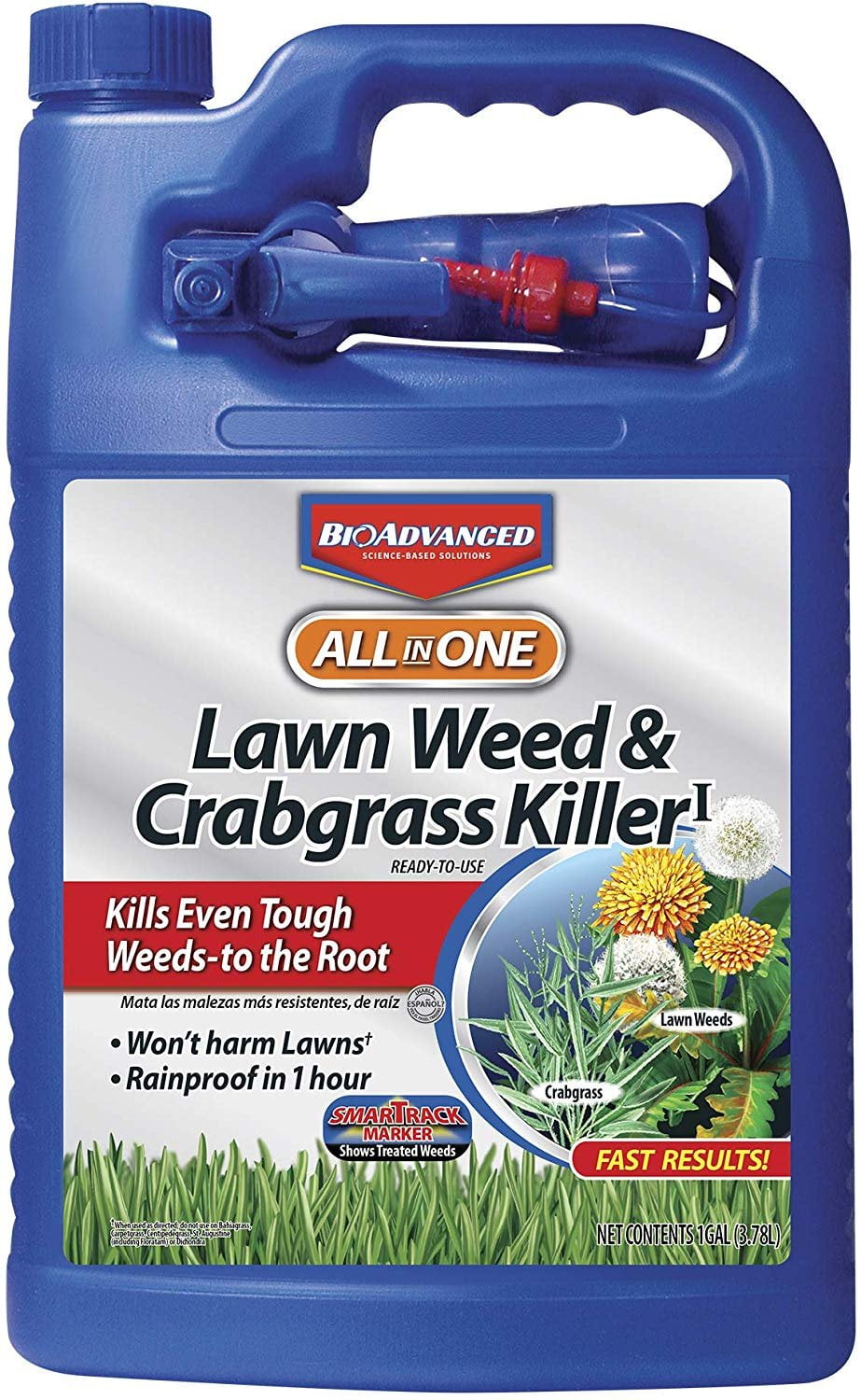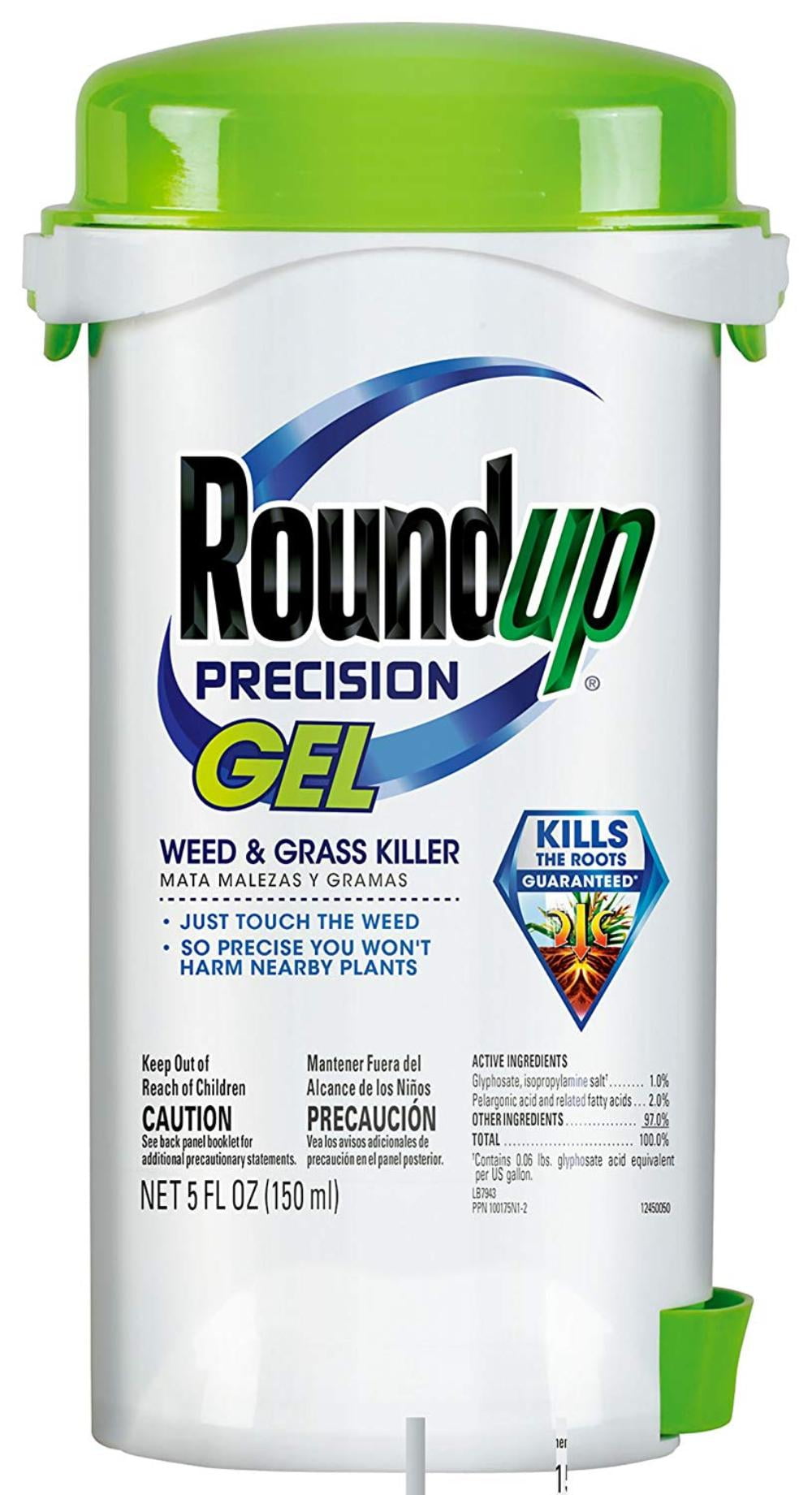Table of Content
At a glance, knowing how to get rid of weeds with this method may seem faultless. After all, it uses accessible, nontoxic ingredients that you may already have in your kitchen or bathroom cupboard. However, there are some things to note before experimenting in the garden. We’ve tested a variety of natural weed killer recipes that you can use to control weeds naturally, and we’ll show you what worked best in our gardens.

We split our top picks into specific categories to provide shoppers with more targeted options for their needs. This astringent substance works by removing moisture from the weed's foliage causing it to die. Use one quart of water to dilute every two tablespoons of rubbing alcohol. As with vinegar, apply on a sunny day, and spray directly onto the weeds, being careful to keep it away from other plants. While it's true that salt kills plants, including weeds, it also poisons the ground for many years and moves into groundwater sources after rain or watering. It's a bad idea to use it anywhere in your yard, so steer clear of homemade weed-killer recipes that call for salt or Epsom salt, vinegar, and dish soap.
Commercial Vinegar
Then there’s the fact that commercial weed killers aren’t cheap. It’s hard to see why they are worth the trouble when you can make your own natural weed killer at home for a fraction of the cost. From mindbodygreen uses just 2 tablespoons of rubbing alcohol diluted in 4 cups (.94 liters) of water. The alcohol dries out the plant cells causing them to dehydrate. It is best to use this method on a warm day because sunlight will add to the drying effect.
Wear gloves, protective clothing, and goggles when spraying. An excellent and often overlooked natural weed killer is your lawn mower. Hand weeding may be the least popular method of ridding your garden of weeds. However, it is still one of the most highly effective.
Rubbing Alcohol Solution
Will usually ship within 3 business days of receiving cleared payment. Joelle Speranza is a lifestyle writer, author, and publicist with a passion for empowering girls of all ages and life stages to live their best lives. She has been published in outlets including HuffPost, LittleThings, YourTango, Mom.com, Today.com Parenting Community, Teen People magazine, Venus Magazine, and TheNest.

She has been gardening organically for over 30 years and has grown vegetables, fruits, herbs, flowers, and ornamentals. She also participates in Farmers Markets, CSA, and mentors young farmers. Combine Borax powder with a small amount of water—just enough to make a sticky paste. About ½ a cup of Borax should be enough, but you can double or triple the recipe if applying it to a large number of weeds.
Plants You Should Never Bring into Your Home
It is most effective when spread in early spring before weeds emerge. Hand weeding is great for perennial weeds which need some digging action like dandelions. Using a weed tool or a large screwdriver can help you get down in the soil after those tap roots.

Give household vinegar a try on weeds that pop up in between concrete seams in sidewalks and driveways. It's usually easy to spray the vinegar in these areas without getting it on other plants. No matter how much careful planning you do, it's inevitable that annoying weeds will start popping up in your garden. When you spot them, don't reach for a chemical weed killer—there are natural ways to kill weeds in an environmentally-friendly way. In the event you spot just a few weeds sprouting in your flower bed, you can try simply pulling them out, digging out as much of the roots as possible. But if you're seeing more and more weeds taking over, a natural remedy can help you take back your yard.
ways to use vinegar in your garden
Keep in mind that the salt is not the best thing to add in garden beds because it can kill good plants as well. It’s excellent in areas where you want to clear out plant life or kill plants in the cracks in cement. Be sure to pour the boiling water slowly to avoid backsplash. I use a tea kettle since the spout helps me control the water flow.
Install a weed mat beneath the mulch or topsoil in garden beds. These can be super effective at stopping weed growth without ruining your aesthetic. Weed mats come in several different forms, but most will require you to install them as a layer beneath any topsoil or mulch.
Charlie has worked internationally and in Australia for the past 17 years, designing and building gardens that are timeless, inspiring and enjoyable to spend time in. In 2015 and 2016, he was awarded two Silver gilt medals for his own gardens at the world’s most prestigious flower show The Chelsea Flower Show. For example, if you're persistent, you can control Japanese knotweed without resorting to the use of a glyphosate herbicide, which is often the recommendation. Cut the knotweed down, clear dead canes away, and place tarps over the ground. Deprived of sunlight, the weed's food reserves will eventually be exhausted. There will be shoots beyond the tarps' perimeter in search of sunlight that you must continually remove.
"Boiling water works through simple heat damage," explains Witz. "The hot water essentially 'cooks' the plant cells, resulting in death. This is another indeterminate plant killer, so be careful around plants you want to keep." The 1-gallon quantity of this Green Gobbler is especially beneficial along fence lines, around patios and pool areas, and in mulched flower beds where weeds and grasses tend to sprout most. It should not be sprayed on desirable plantings because they, too, will die. But instead of reaching for a chemical spray, try something safer. Charlie is showing you have to make your own weed killer using ingredients you already have at home.
Dandelions can produce over 2000 seeds per growing season, and the seeds can live for many years in the soil. If you cut them down before they can seed, you can eradicate them over time. True – there are a lot of commercial weed killers and herbicides on the market. Go to any big box store, and there are aisles full of them. Let’s face it, weeds are part of every gardener’s life.
Now, take your borax paste and apply a generous amount of it to the freshly cut stem. Once you've found the right consistency, take a pair of pruning shears and cut the weeds you wish to target down to the ground, only leaving a small stump. This website may offer health, and other related information, but such information is designed for educational and informational purposes only. Such information does not and is not intended to convey medical advice. We are not responsible for any actions or inaction on your part based on the information in the sites. Please consult a physician or medical professional for personal medical advice.

No comments:
Post a Comment